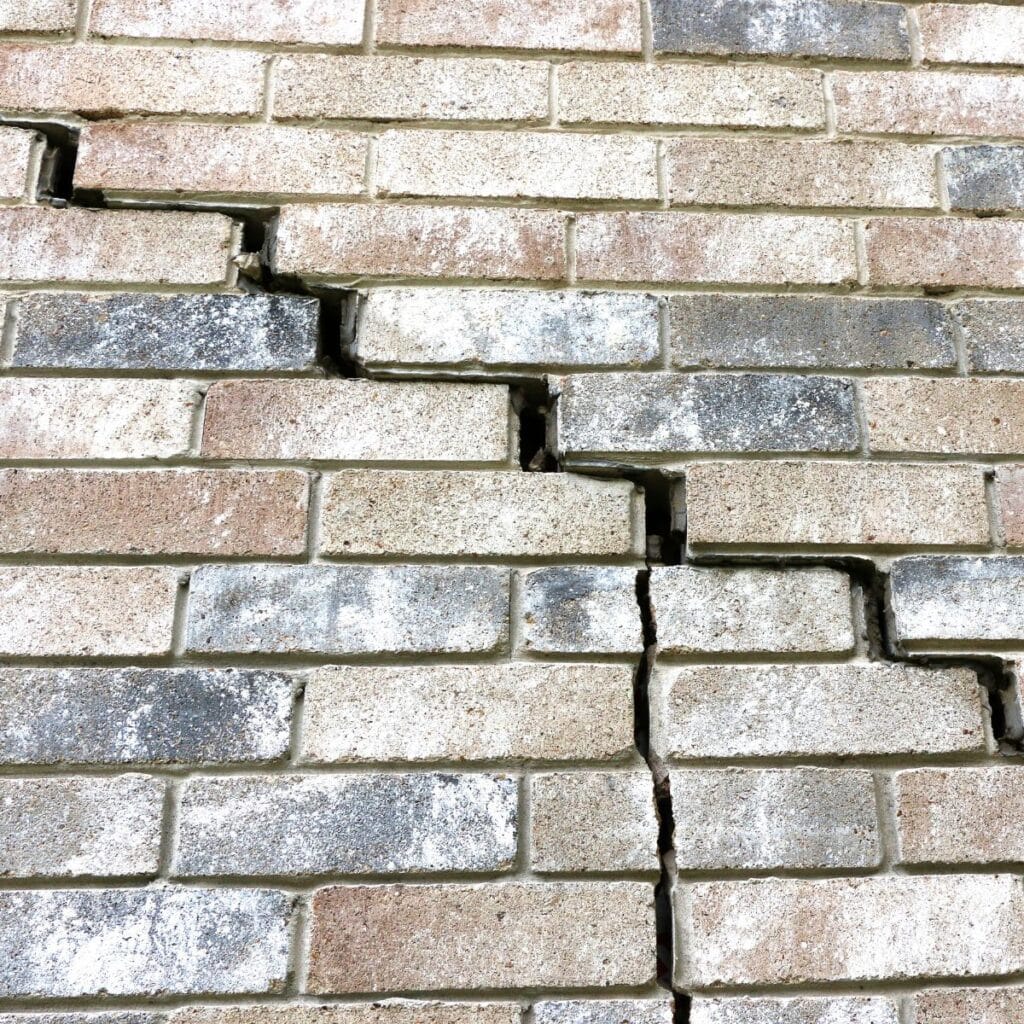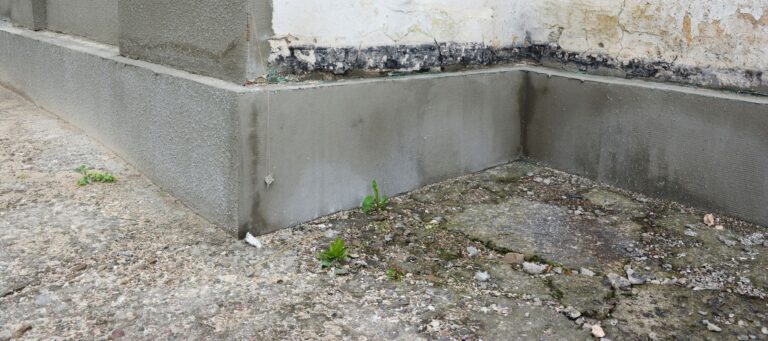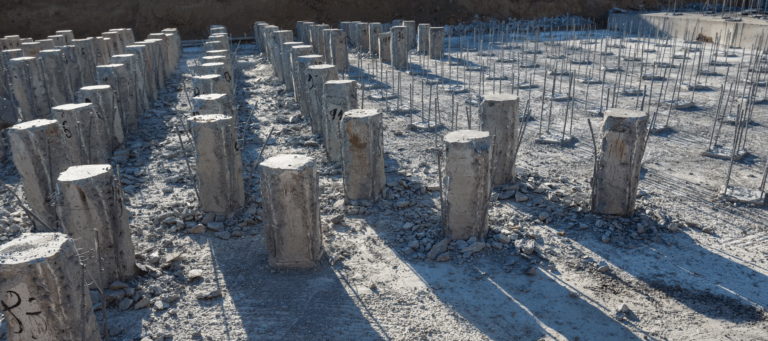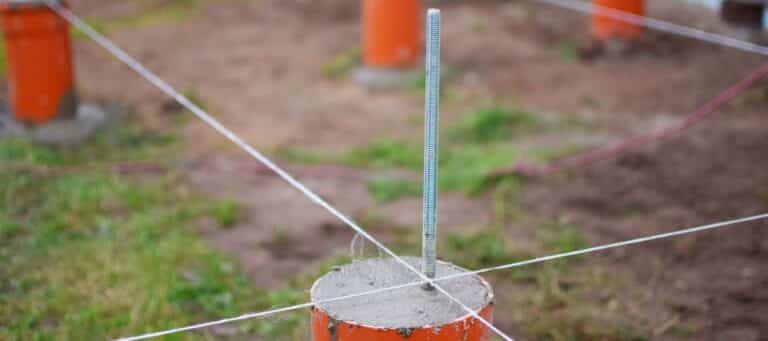The Resilience Of A Raised Foundation
Foundation Repair For Pier And Beam Structures
Pier & beam foundations — also known as post and beam, raised or crawl space foundations — have long been a staple in the construction of homes across Texas. This time-tested method offers unique advantages, especially in areas with expansive clay soil or high water tables.
At G.L. Hunt Foundation Repair, we specialize in providing professional raised foundation services tailored to the specific needs of Texas homeowners. From San Antonio to Dallas, we’re committed to ensuring the structural integrity and longevity of your home.
What Is Pier And Beam Foundation Repair?
Pier and beam foundation repair addresses issues in homes with foundations that consist of wooden beams or steel supports resting on vertical piers. Over time, these piers and beams can shift or become damaged due to moisture, soil movement or aging. These conditions can cause uneven floors, sagging walls, and misaligned doors and windows. Foundation repair for pier and beam surfaces involves stabilizing the structure by lifting and realigning the foundation. This process ensures it sits properly on its piers.
At G.L. Hunt Foundation Repair, we use industry-grade tools and advanced techniques to assess the issue and implement lasting solutions. Our expert team repairs or replaces damaged piers and beams to restore your home’s stability and prevent future issues.
Understanding Pier & Beam Foundations
This style of foundation consists of a series of vertical columns (piers) strategically placed beneath the structure to support horizontal beams. These beams distribute the weight of the building evenly across the piers, providing stability and elevation.
Unlike slab foundations that sit directly on the ground, post and beam foundations elevate the structure above the soil, offering better protection against moisture-related issues such as flooding or soil movement.
When Is A Raised Foundation Suitable For Texas Homes?
Texas is known for its expansive clay soil, which can swell and shrink with changes in moisture levels. With their elevated design, crawl space foundations are well-suited to accommodate the movement of clay soil, reducing the risk of foundation damage.

In areas prone to high water tables or seasonal flooding, pier and beam foundations provide added protection against water intrusion. By elevating the structure above the ground, these foundations minimize the risk of water damage and offer better ventilation to prevent moisture buildup.
Many older homes in Texas feature this type of foundation, reflecting the architectural style and building practices of bygone eras. When renovating or restoring historical properties, preserving the original foundation is often essential to maintaining the home’s character and integrity.
You can trust our team of professionals to treat your home with the utmost care. Let us work hard for you so your home can stay stable for years to come. We have the right foundation solution to keep your home standing strong.
Post And Beam Foundation Repair
At G.L. Hunt, we offer stellar pier and beam foundation repair services to meet the diverse needs of Texas homeowners. Our expert team is equipped to handle everything from repairs to maintenance to ensure your pier and beam foundation stands strong.
Repair And Restoration
Over time, raised foundations may experience issues such as settlement, rot or deterioration. Here are some common signs that you may need foundation repair for pier and beam layouts:
- Shifting or tilting piers — If you’re able to access your crawl space, look for piers that seem uneven or tilted, which indicates they may no longer be providing adequate support.
- Sagging or uneven floors — If your floors feel bouncy, sloped or sagging, it can indicate shifting beams or weakened piers that need reinforcing.
- Cracks in interior walls or ceilings — Hairline cracks around doors, windows or in the ceiling could mean that the foundation is shifting and causing stress on the structure.
- Doors and windows that stick — When doors or windows start sticking or no longer close properly, it’s often a sign of foundation settling or movement that’s slightly skewing your frames.
- Gaps between walls and floors — Visible gaps at the base of your walls or near the floors might mean the foundation is sinking or misaligned.
- Standing water or moisture in crawl space — Excessive moisture or pooling water in your crawl space can cause wood rot, leading to weakened beams and support posts. This issue can also lead to mold and mildew, further damaging the foundation.
Our skilled technicians are adept at diagnosing and addressing common problems, including damaged piers, sagging beams and moisture-related issues. We use advanced techniques and high-quality materials to restore stability and structural integrity to your home.
Limited Warranty
At G.L. Hunt, we stand behind the quality of our workmanship and materials. That’s why we offer a limited warranty on our pier & beam repair services, providing you with added peace of mind and assurance that your home is in good hands.

Monitor Foundation Stability
You don’t have to wait and worry about your foundation’s stability. If you’re concerned about potential movement or settlement, SlabSure provides a reliable solution. This system installs sensors beneath the soil, spaced every 10 feet along your foundation. These sensors detect and report any positional changes, giving you continuous real-time feedback on your slab’s condition.
Contact G.L. Hunt to explore this groundbreaking technology!
Trust Your Pier & Beam Foundation Repair With Our Experts
With their resilience, versatility and suitability for Texas’s unique soil and climate conditions, crawl space foundations remain a popular choice among homeowners.
At G.L. Hunt, we’re proud to offer expert foundation services backed by years of experience and a commitment to excellence. Trust us to safeguard the stability and longevity of your home for generations to come.









